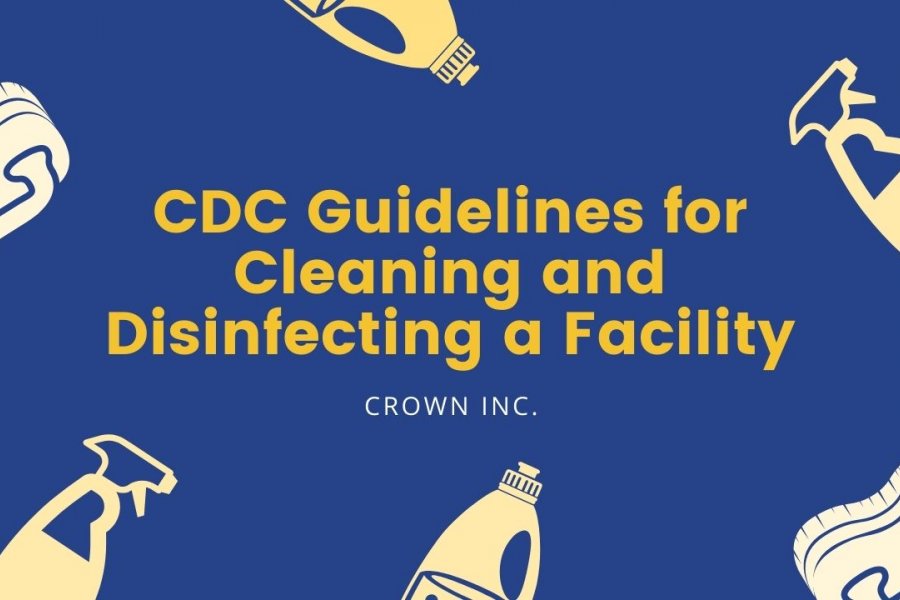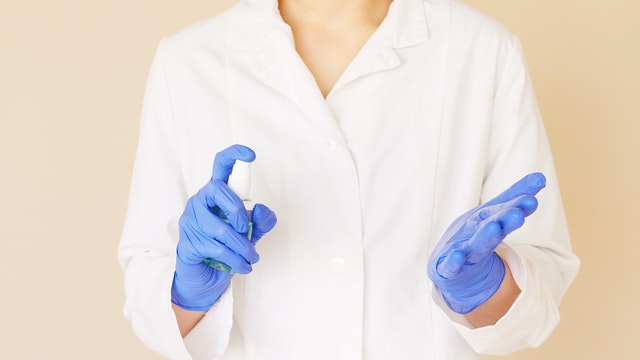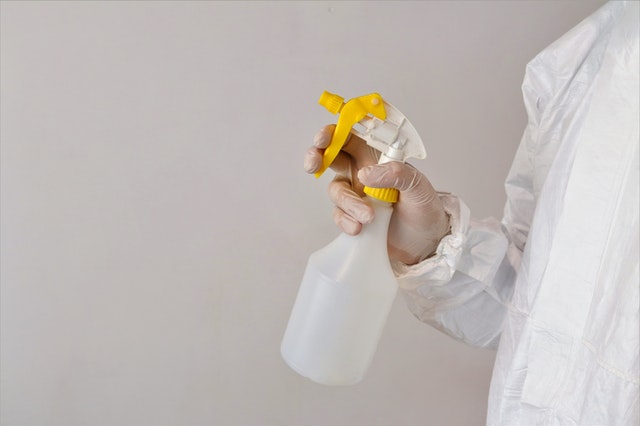
Viruses and other contaminated can exist on surfaces. They can then infect people if they come into contact with said surface and then touch their nose, mouth, or eyes. While the risk of infection from surfaces isn’t that high, prevention is still key.
The best way to prevent infection from contaminated surfaces is by either sanitizing or washing your hands as often as practically possible. The other way of reducing the risk of infection is by cleaning and disinfecting surfaces. Typically, most facilities will have standard/specific practices and regulations.
If you would like to learn some general tips and guidelines to disinfect your facility keep on reading.
Cleaning and Disinfecting a Space
Soap and detergent will decrease the risk of infection from contaminated surfaces. When an infected person is known to have been in that space, cleaning once a day will usually be enough to get rid of any viruses.
Besides cleaning, you may also choose to disinfect shared spaces. You should pay special attention to high-traffic and high-touch areas or if there is a heightened risk of transmission.
How to Develop a Cleaning Routine
To ensure the utmost protection of your facility and those working in it you’ll need to implement a cleaning plan and routine.

Planning
For effective planning, you’ll need to consider the surface type and the frequency with which people come into contact with it. Generally speaking, the higher the traffic to a given area, the more thorough the cleaning routine should be.
For high-touch surfaces, prioritize cleaning them at least once every day. And if the space is in a trafficked area, do so more frequently. You may even want to disinfect such areas in addition to cleaning them. Examples of high-touch surfaces include:
- doorknobs
- tables and desks
- communal pens and keypads
- counters
- handles and stair rails
- phones and keyboards
- shopping carts and baskets
- sinks and faucets
You will also need to have a plan when it comes to cleaning products and personal protective equipment for cleaners.
Implementation
Once you are done with the planning, the next step is implementation. As already stated, you should clean high-touch surfaces at least once a day.
Another thing you’ll have to seriously think about during the implementation stage is the safety of the cleaning staff. The following are some of the things you can do to keep everyone safe:
- Make sure everyone who is part of the cleaning staff is adequately trained on the proper use of cleaning products.
- Ensure all safety precautions are followed during product usage.
- Have the cleaning staff wash their hands for 20 seconds after they are done with the cleaning.

- Ensure that the cleaning staff has the proper protective gear like gloves, masks, and protective eyewear.
- Make special considerations for individuals with asthma or other respiratory issues, as some cleaning products may trigger them.
Disinfection
If regular disinfection is necessary, use disinfectants that are effective against various viruses including Covid-19. According to the Center for Disease Control, you should use one from the EPA List N. But if for whatever reason the EPA List Disinfectants aren’t available, you may consider using bleach solutions instead.
Next, you want to ensure the safety and effective use of the product by following the directions on the label. Generally, the following are some things to keep in mind:
- Cleaning and disinfection products can cause serious harm when inhaled, ingested, or applied to the skin. Therefore ensure that everyone is properly trained on how to use the products and how to protect themselves.
- Cleaning products shouldn’t be mixed and only use the amount indicated on the label.
- Keep cleaning products away from people who aren’t authorized to use them.
- If a cleaning product has to be diluted, always use room temperature water.
- Ensure that there is adequate ventilation in an enclosed space.
- Check to see what safety precautions need to be followed before using the cleaning or disinfectant product.

Cleaning and Disinfecting Specific Types of Surfaces
Soft Surfaces
Soft surfaces can include rugs, carpets, and drapes. The following’s how you should clean them:
- Vacuum as usual.
- Clean the surface using appropriate materials and products.
- If possible, launder the items in accordance with the instructions of the manufacturer.
- If disinfecting is necessary, use a product from the EPA List N that’s approved to be used on such surfaces.
Clothing
The following cleaning instructions apply to clothing, linens, and towels:
- Use warm water, on the highest setting, and make sure the items have dried completely.
- It’s safe to wash dirty laundry from a sick person. But, make sure to wear a mask and gloves when doing so.
- Wash your hands after handling dirty laundry.
Electronics
Electronics include removal controls, touch screens, tablets, and ATM machines. Here’s how you should clean them:
- Put a wipeable cover on electronics. This will help make cleaning and disinfecting much easier.
- Follow the manufacturer’s instructions when cleaning electronic devices.
- If disinfecting is necessary, use a product listed on the EPA List N.
Outdoor Areas
Outdoor areas include roads, sidewalks, and groundcover. Here’s what to do in this regard:
- Using cleaning or disinfectant products in outdoor areas isn’t necessary nor effective.
- Clean high-touch surfaces regularly. These can include railings, play structures, and grab bars.
Summary
With these guidelines you’ll be able to keep your facilities clean and sanitized!
Crown Inc. Commercial Cleaning is a professional cleaning company that offers outstanding cleaning services around Colorado. We are experienced and knowledgeable about CDC guidelines for cleaning and disinfecting a facility. Get in touch with us today to learn more!
